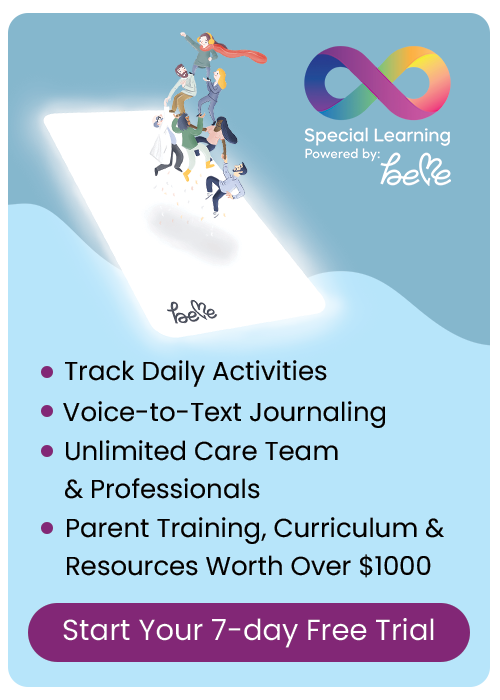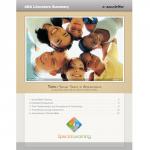Blog Categories
- ADHD
- Applied Behavior Analysis
- Autism Awareness
- Autism Service Providers
- Case Studies
- Dignosis
- Classroom Management
- Credentials
- Ethics
- Family Matters
- FAQs About LIVE Events
- Financial Planning
- Holiday Planning
- IEP's
- Panelists
- Private Equity in Autism & ABA Industry
- Psychopharmacology
- Sensory Processing Disorder
- Speech and Communication
- Subject Matter Experts
- Summer Planning
- Transition Planning
5 Behavioral Strategies for Parents with Children Diagnosed with ASD
Monisha was a home-based private consultant for five years before joining the Step by step team. She is continuing her education by preparing for the Board Certified Assistant Behavior Analyst certification under the direct supervision of a Board Certified Behavior Analyst.
Children Diagnosed with ASD
Are you a parent of a child diagnosed with autism? If so, have you ever asked yourself, “How can I teach my child to brush his teeth?” “What is motivating to my child?” and maybe even “What can I use to reward my child?” These are common questions that many parents with a child on the spectrum ask. By learning some quick behavior management strategies, you can begin to find answers to those questions.
Examples of behavioral strategies include:
1. Pairing – Pairing is a method of establishing a relationship between the child and the teacher in order to have the child identify the teacher with something that is positive – for example, the child associates the teacher as “fun.” This is done through first answering the question “what is motivating to them?
2. Increasing appropriate behaviors – You can increase appropriate behaviors by judicious use of reinforcements or token economy system (i.e. by rewarding the types of behaviors that you want to see increased). Reinforcement is a procedure of using a reinforcer (reward) to increase the rate of a desired behavior. This is the most widely used applied principle of behavior.
3. Decreasing problematic behaviors – This is done through using an ABA method called Behavioral Shaping. Behavioral shaping is a procedure that consists of three main components:
1. Differential Reinforcement – one member of response class is reinforced while others are not;
2. Successive approximations – any intermediate behavior that is either a prerequisite component of target behavior or a higher order member of the same response topography (steps are closer and closer to target behavior);
3. Terminal or target behavior – ultimate goal
4. Errorless Teaching – Errorless teaching is a behavior modification strategy that minimizes the possibility of errors by using prompting and prompt fading procedures (gradually decreasing the number of prompts with a goal of eliminating prompts completely) so that your child will be successful. This skill uses an ABA technique called prompting. Prompts are supplementary aids used to increase the likelihood that a correct response will be given in the presence of an instruction. Prompts should be delivered with or immediately after the presentation of an instruction (within 1-2 seconds).
5. Reinforcement – Reinforcements should be selected that is motivating to your child. It can be anything from his favorite foods, favorite toys, games, use of an iPad, or play. The key criteria are that the reinforcement is strong enough to encourage your child to respond to your request. To apply this successfully, you have to first understand reinforcement procedures (what is rewarding to your child?)
Notice that there are several different strategies that can be implemented either individually or in combination with one another to achieve the best results.
In our future blogs, we will explore each of these individual behavioral strategies and begin to teach implementation skill.




